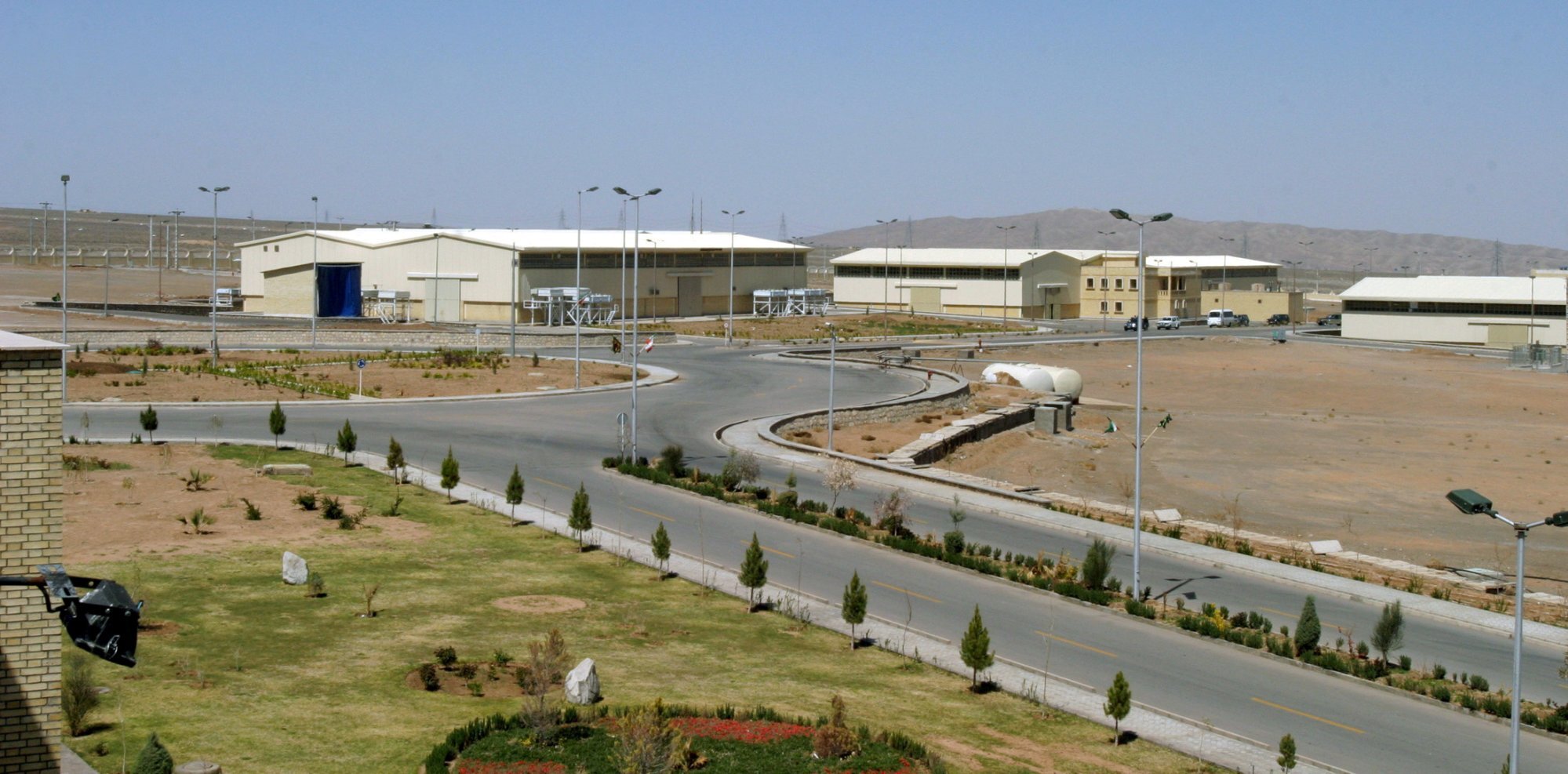
Iran says suspect behind Natanz nuclear site attack has fled country
- State television reported Reza Karimi left the Islamic republic before sabotaging the Natanz facility’s power grid
- It said efforts are under way to bring the 43-year-old back to Iran through legal channels
Already, Iran has begun enriching uranium up to 60 per cent purity in response – three times higher than ever before, though in small quantities.
The sabotage and Iran’s response to it also have further inflamed tensions across the Mideast, where a shadow war between Tehran and Israel, the prime suspect in the sabotage, still rages.
Iran begins enriching uranium to 60 per cent, its highest level ever
State television named the suspect as 43-year-old Reza Karimi. It showed a passport-style photograph of a man it identified as Karimi, saying he was born in the nearby city of Kashan, Iran.
The report did not elaborate how Karimi would have got access to one of the most secure facilities in the Islamic republic.
The TV report said “necessary actions” are under way to bring Karimi back to Iran through legal channels, without elaborating.
The supposed Interpol “red notice” listed his travel history as including Spain, the United Arab Emirates, Kenya, Ethiopia, Qatar, Turkey, Uganda, Romania and another country that was illegible in the broadcast.

The report also showed centrifuges in a hall, as well as what appeared to be caution tape up at the Natanz facility.
Iran insists its nuclear programme is peaceful, though the West and the IAEA say Tehran had an organised military nuclear programme up until the end of 2003.
An annual US intelligence report released on Tuesday maintained the long-time American assessment that Iran isn’t currently trying to build a nuclear bomb.
Iran nuclear facility hit by blackout after starting up advanced centrifuges
Iran previously had said it could use uranium enriched up to 60 per cent for nuclear-powered ships. However, the country currently has no such ships in its navy.
The attack at Natanz was initially described only as a blackout in its electrical grid – but later Iranian officials began calling it an attack.
One Iranian official referred to “several thousand centrifuges damaged and destroyed” in a state TV interview. However, no other official has offered that figure and no images of the aftermath have been released.

